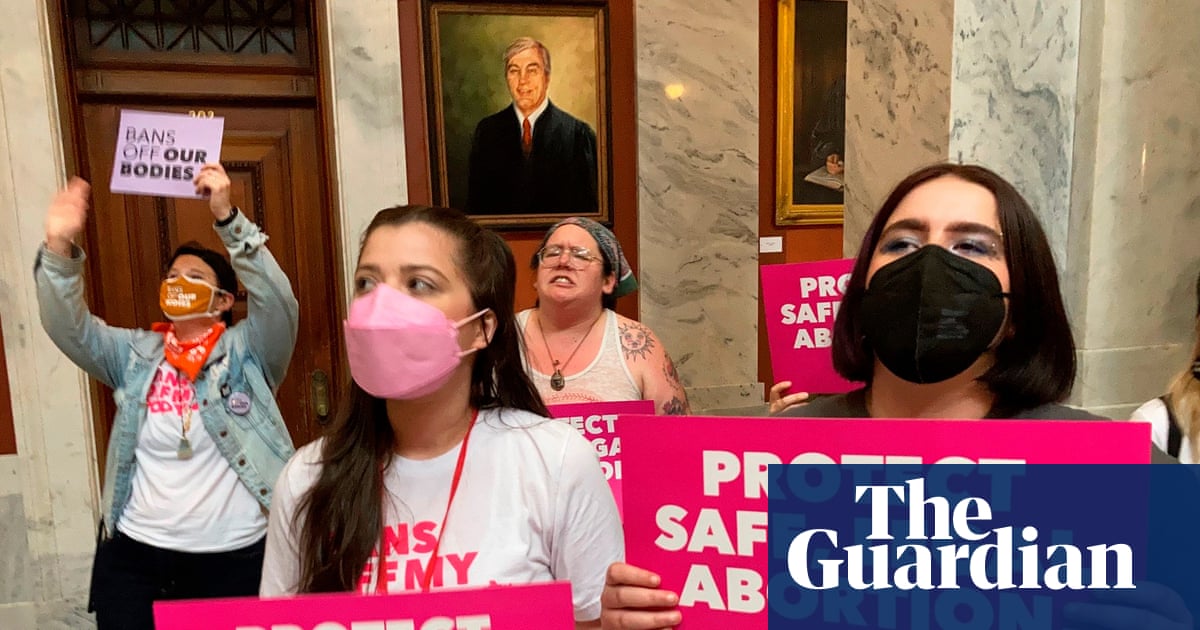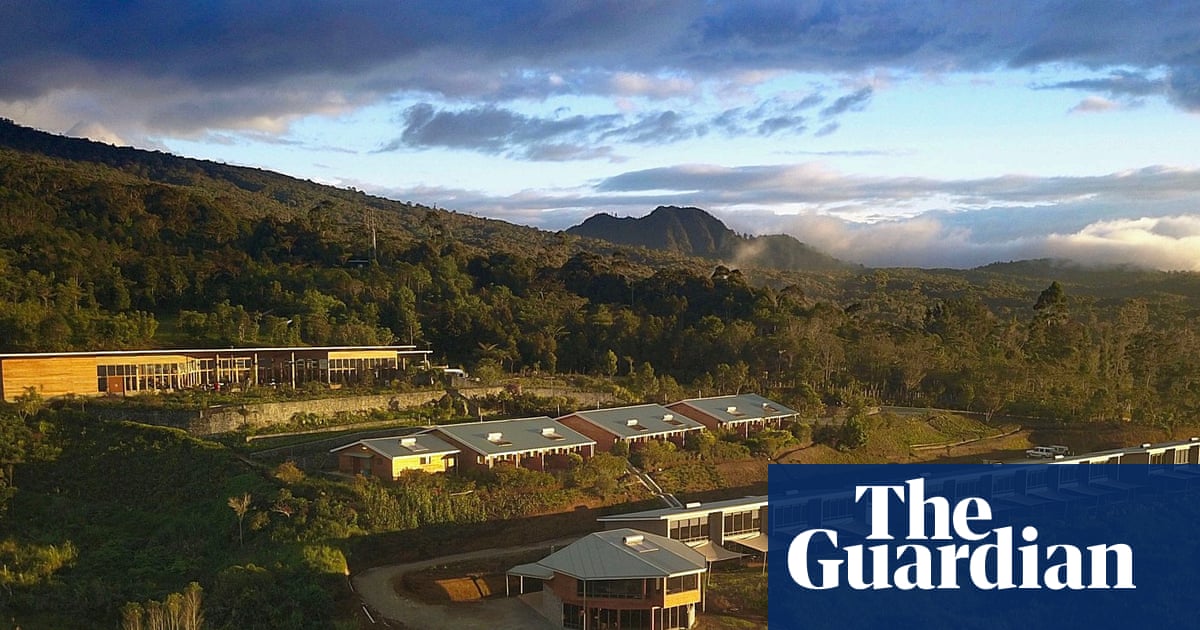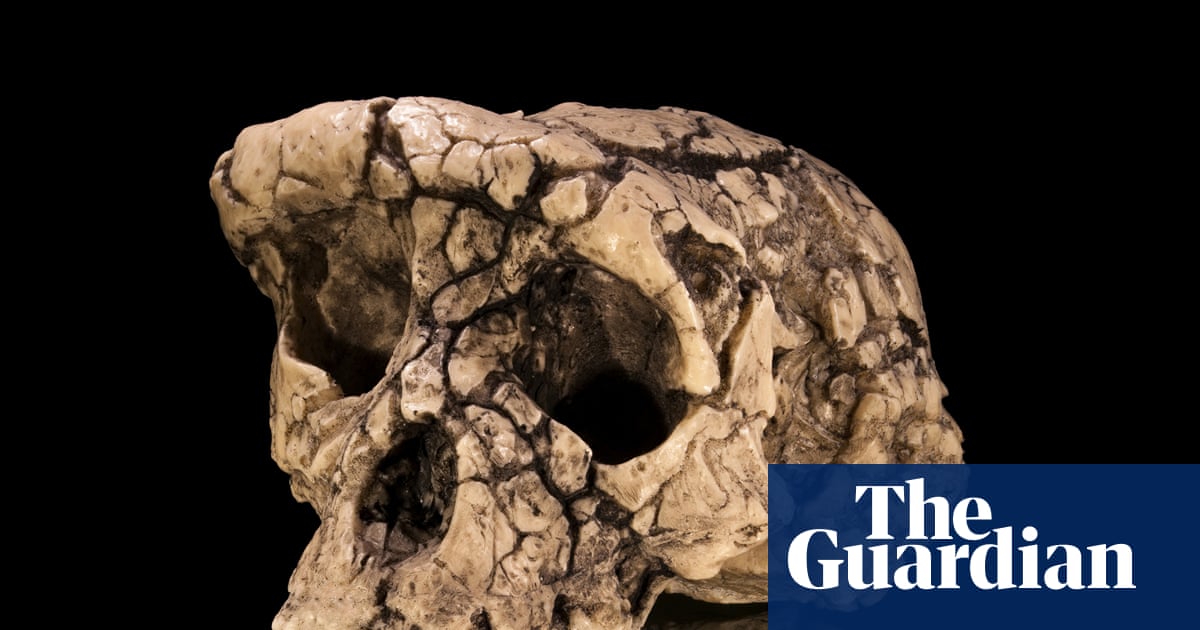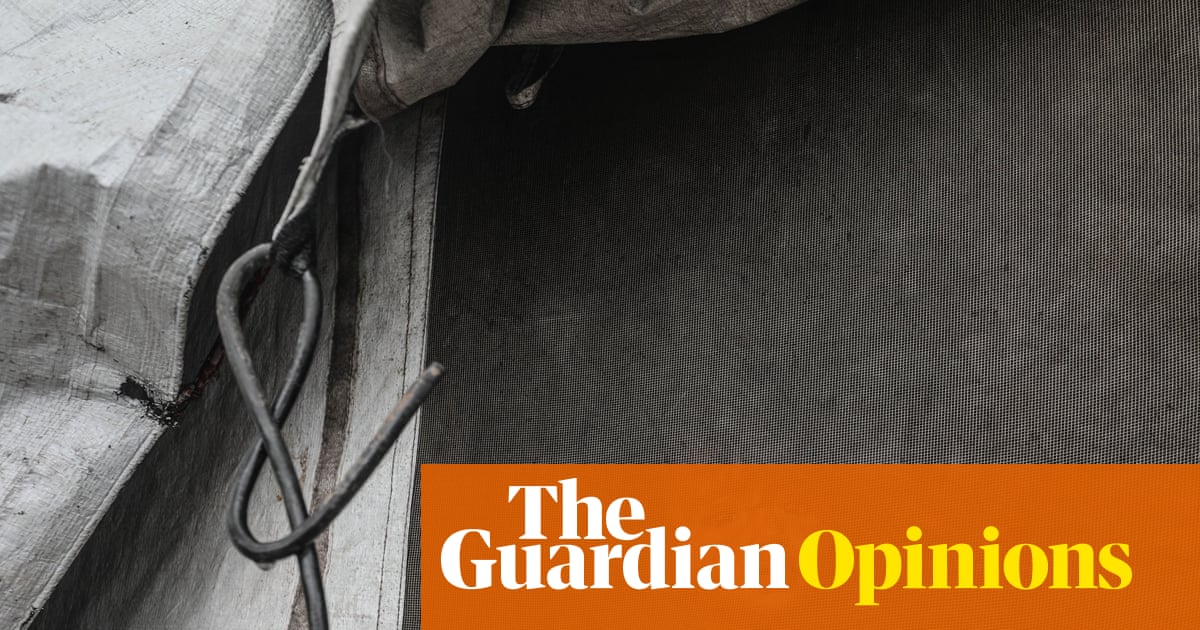For some visitors, the museum may bring back memories of being fitted for their first pair of school shoes on a rather chilly metal gauge. For others, the cabinets of pristine Wallabees and Desert Boots may recall teenage obsessions with US hip-hop or Britpop movements.
Memories will also flood back for the many local people whose families made Clarks shoes for generations, when the box-fresh Shoemakers Museum opens in the Somerset village of Street, near Glastonbury, on Thursday.
Nicky Dowding, collections manager, said some visitors may be surprised at how far a very British brand, which is celebrating its 200th anniversary this year, spread across the globe. “In the UK, Clarks is often associated with school shoes but within audiences across the world it’s perceived in very different ways,” she said.
Hundreds of pairs of shoes are on display, with some of the cabinets looking like bright, abstract works of modern art. Dowding said many more were in storage: “One of the biggest jobs we’ve had while developing the museum is actually what do we put on display? Which stories do we want to tell? Because there is just so much.”
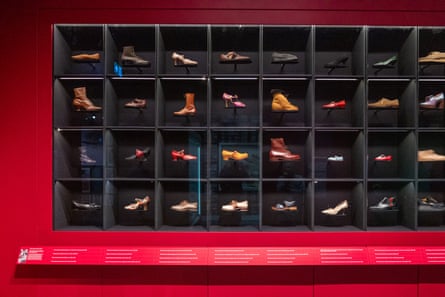
Fans of hip-hop and the crime drama series Breaking Bad are likely to hot-foot it to the examples of Wallabees, created in the late 1960s, and inspired by the moccasin.
The Wallabee was initially considered too radical in Britain but proved hugely popular in the US and was championed by members of the New York hip-hop band Wu-Tang Clan, who wore them, wrote about them, and included them in art work.
More recently, Wallabees played a starring role in the opening scene of Breaking Bad when Walter White, the chemistry teacher turned crystal meth super-cook, sported a pair, together with unflattering white underwear.
Another highlight of the museum is its story of the Desert Boot, inspired by the travels of a Clarks family member to Myanmar and India in the second world war. They became a favourite of the mods in the UK and were also worn enthusiastically by Liam and Noel Gallagher.
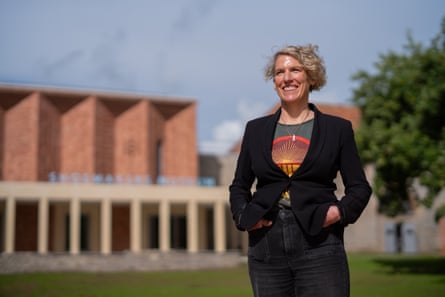
Clarks’ Quaker founders may have been surprised that their brand became such a favourite of the stars.
The first exhibit in the museum is a modest pair of slippers made from offcuts of a sheepskin rug in about 1825. The museum describes how the business quickly grew to one of the most important in the English West Country, and how the family did good works in Somerset and farther afield.
Cato Pedder, a member of the family and chair of the Alfred Gillett Trust, a charity that preserves and shares the Clarks story, said the business flourished because of its Quaker roots.
“One of the Quaker testimonies is to truth and that means that you’re very honest in all your dealings,” she said. “Everyone trusted them. The family made some money through the business. This allowed them to become philanthropic and work for votes for women. They were active in the abolition movement against slavery in the US.”
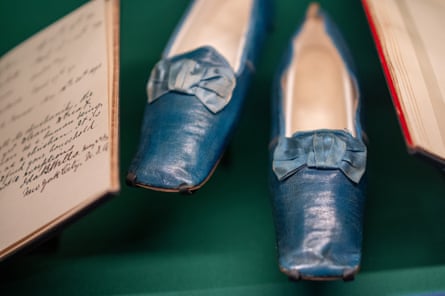
Tim Crumplin, a business archivist, said his favourite section of the new museum was a collection of machines from the Desert Boot production line, which was based at the Bushacre factory in Weston-super-Mare. The factory closed a quarter of a century ago and the boots are now made in the far east.
Crumplin said: “Most of the people that worked on that line worked on it for decades.” One worker was nicknamed Nureyev, after the ballet dancer, because he moved so quickly and gracefully between the two machines he worked on. “They were so skilled at what they did.”
If the Wallabees and Desert Boots will appeal to music fans, lovely recreations of Clarks shoe shops will bring back memories for many more people.
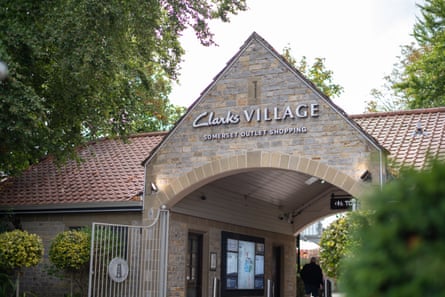
Rosie Martin, the museum’s director, said: “I think people will be able to find themselves in the museum. People will remember having their feet measured in the gauge so that their first shoes were properly fitted. It was a ceremony, a rite of passage.”
One of the cases features her daughter’s first show, with a Polaroid photo of her in the shop. “I treasure that,” Martin said. “It opens up a box of memories.”

 3 months ago
108
3 months ago
108


